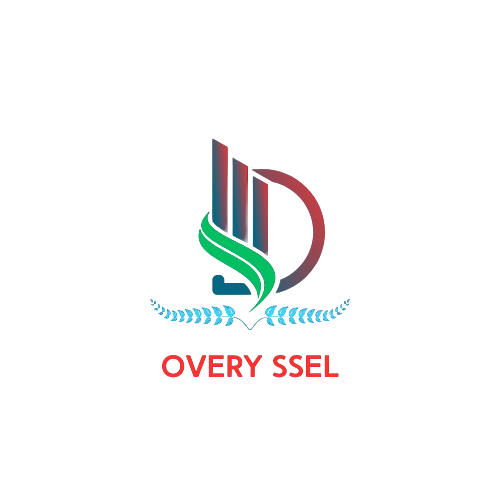Essential Web Development Tips for 2024
In the fast-evolving world of web development, staying ahead of the curve is crucial for creating successful and engaging websites. Whether you’re a seasoned developer or just starting out, these tips will help you enhance your skills and deliver high-quality web solutions.
1. Prioritize Performance
Website performance is a critical factor for user experience and SEO. Aim to optimize loading times by:
- Minimizing HTTP Requests: Combine CSS and JavaScript files where possible.
- Compressing Images: Use formats like WebP for better compression without quality loss.
- Implementing Caching: Utilize browser caching to speed up repeated visits.
- Asynchronous Loading: Load JavaScript files asynchronously to prevent blocking page rendering.
2. Adopt Responsive Design
With an increasing number of users accessing the web from mobile devices, responsive design is non-negotiable. Ensure your site looks and functions well across all devices by:
- Using Fluid Grids: Employ percentages rather than fixed units for layout dimensions.
- Media Queries: Tailor CSS to different screen sizes and orientations.
- Flexible Images: Make sure images and videos scale appropriately with the viewport.
3. Enhance Accessibility
Accessibility ensures that your website is usable by everyone, including people with disabilities. Key practices include:
- Semantic HTML: Use HTML5 elements like
<header>,<nav>, and<article>to convey meaning. - Keyboard Navigation: Ensure all interactive elements are accessible via keyboard.
- Alt Text for Images: Provide descriptive alt text to support screen readers.
4. Keep Up with Security
Web security is paramount to protect your site and its users. Implement these security measures:
- Regular Updates: Keep all software, including CMS and plugins, up-to-date to patch vulnerabilities.
- HTTPS: Secure your site with SSL/TLS to encrypt data transmitted between the user and server.
- Sanitize Inputs: Protect against SQL injection and XSS attacks by sanitizing user inputs.
5. Leverage Modern Frameworks and Libraries
Using modern frameworks and libraries can accelerate development and ensure best practices. Some popular choices include:
- React: A powerful library for building user interfaces.
- Vue.js: Known for its flexibility and ease of integration.
- Tailwind CSS: A utility-first CSS framework for designing custom, responsive layouts.
6. Adopt a Mobile-First Approach
Designing with mobile users in mind first GridHooks can improve the overall user experience. Begin with the smallest screen size and gradually add features as the viewport expands. This approach helps in focusing on essential content and functionality.
7. Utilize Version Control
Version control systems like Git are essential for tracking changes and collaborating with others. They provide:
- History Tracking: Record and revert changes when necessary.
- Branching: Work on new features or fixes without affecting the main codebase.
- Collaboration: Merge changes from different team members seamlessly.
8. Implement SEO Best Practices
Search engine optimization (SEO) helps increase your website’s visibility. Key practices include:
- Keyword Research: Identify relevant keywords and incorporate them naturally into your content.
- Meta Tags: Use descriptive title tags and meta descriptions.
- Clean URLs: Use readable URLs with relevant keywords.
9. Regular Testing and Debugging
Consistent testing and debugging ensure that your website performs well across different environments. Incorporate:
- Cross-Browser Testing: Verify compatibility across various browsers.
- Responsive Testing: Check how your site looks on different devices.
- Automated Testing: Implement unit tests and integration tests to catch issues early.
10. Continuous Learning
The web development field is ever-changing. Keep learning and adapting by:
- Following Industry Blogs: Stay updated with trends and best practices.
- Participating in Online Communities: Join forums and social media groups for insights and support.
- Taking Online Courses: Invest in courses to deepen your knowledge and skills.
Conclusion
Web development is a dynamic field that requires a combination of technical skills and creative problem-solving. By focusing on performance, accessibility, security, and modern practices, you can create websites that are not only functional but also user-friendly and impactful. Embrace continuous learning and stay adaptable to keep your skills sharp and your projects successful.
